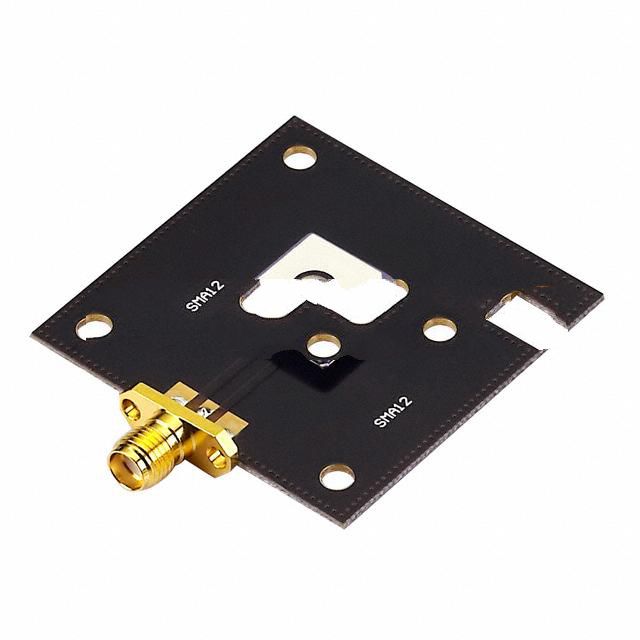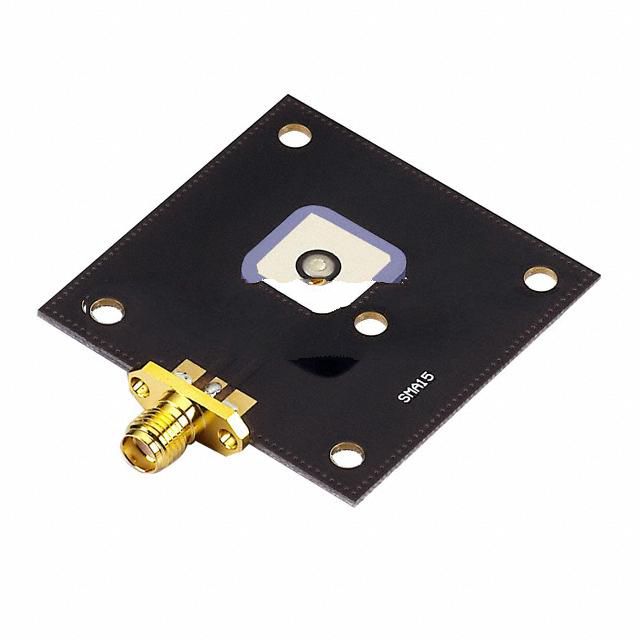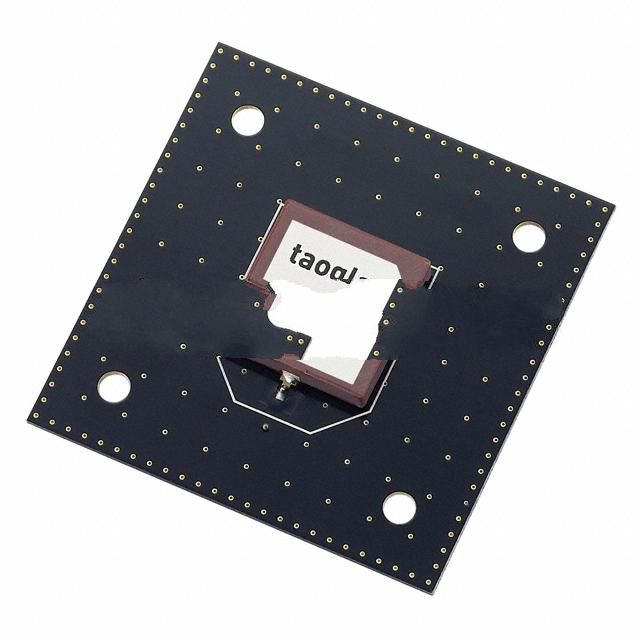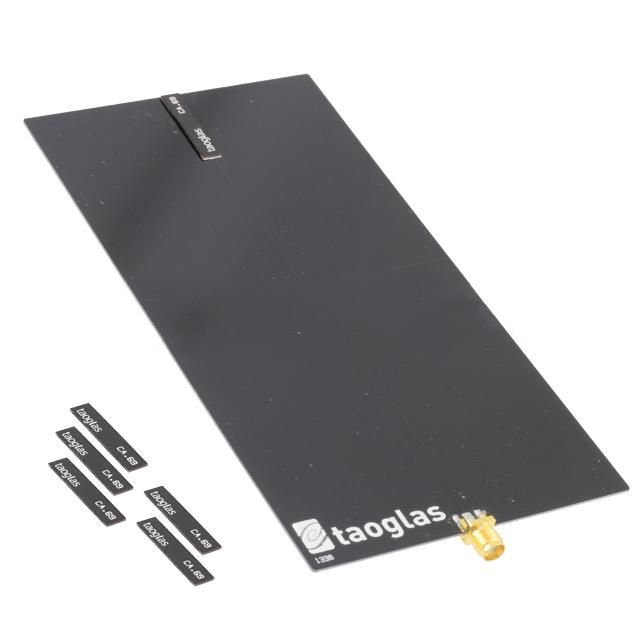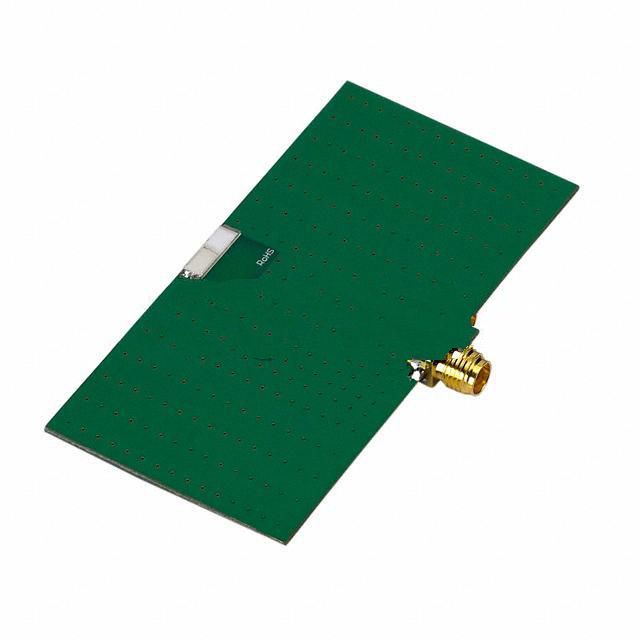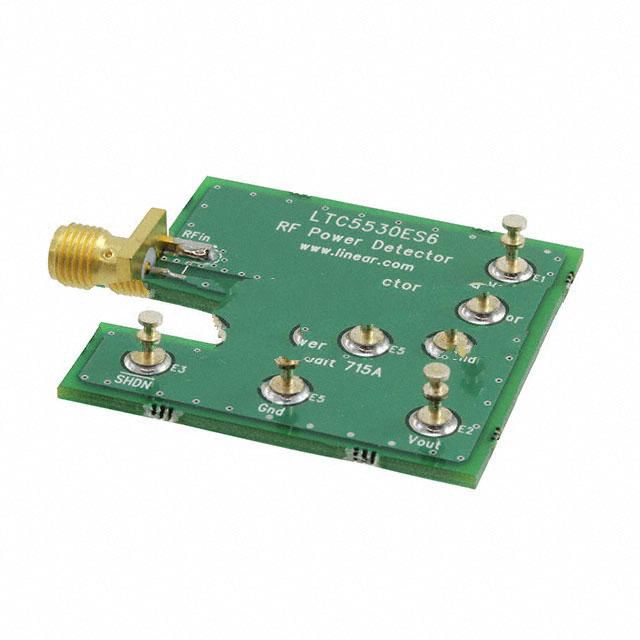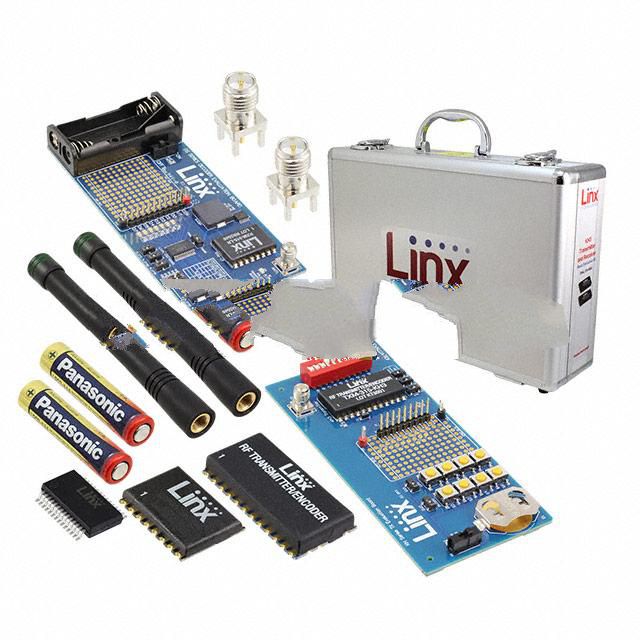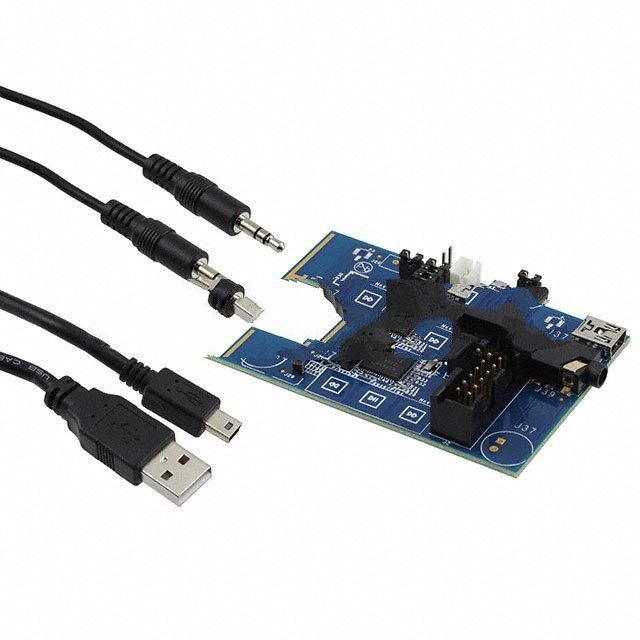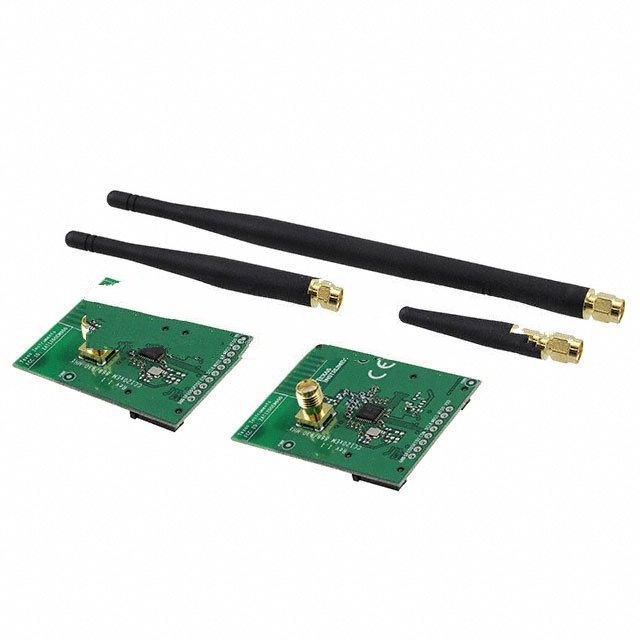CC2545EMK Product Introduction:
Texas Instruments Part Number CC2545EMK(RF Evaluation and Development Kits, Boards), developed and manufactured by Texas Instruments, distributed globally by Jinftry. We distribute various electronic components from world-renowned brands and provide one-stop services, making us a trusted global electronic component distributor.
CC2545EMK is one of the part numbers distributed by Jinftry, and you can learn about its specifications/configurations, package/case, Datasheet, and other information here. Electronic components are affected by supply and demand, and prices fluctuate frequently. If you have a demand, please do not hesitate to send us an RFQ or email us immediately sales@jinftry.com Please inquire about the real-time unit price, Data Code, Lead time, payment terms, and any other information you would like to know. We will do our best to provide you with a quotation and reply as soon as possible.
Introducing the Texas Instruments CC2545EMK, a cutting-edge wireless development kit designed to revolutionize the world of connectivity. This powerful kit combines the industry-leading CC2545 system-on-chip with a comprehensive development environment, enabling seamless integration of wireless technology into a wide range of applications.
The CC2545EMK boasts an array of impressive features that make it a standout choice for developers. With its low power consumption and high performance, this kit offers an unparalleled level of efficiency. The integrated 2.4 GHz RF transceiver ensures reliable and robust wireless communication, while the powerful 8051 microcontroller provides the necessary processing power for complex applications.
This versatile kit is suitable for a variety of application fields. From home automation and smart energy management to industrial automation and healthcare, the CC2545EMK can be tailored to meet the unique requirements of any project. Its flexible architecture allows for easy customization, making it an ideal choice for both prototyping and production.
The CC2545EMK also comes with a comprehensive development environment, including software tools, sample applications, and documentation. This ensures a smooth and efficient development process, allowing developers to bring their ideas to life quickly and easily.
In conclusion, the Texas Instruments CC2545EMK is a game-changing wireless development kit that offers unmatched performance, versatility, and ease of use. Whether you're a seasoned developer or just starting out, this kit is sure to take your wireless projects to new heights.
RF Evaluation and Development Kits, Boards are specialized tools designed for the design, testing, and evaluation of radio frequency (RF) integrated circuits. This kit/board integrates a complete RF subsystem, including RF front-end, signal processor, power management unit, necessary interface circuits, as well as necessary testing points and debugging tools. It allows engineers to quickly build and validate the performance of RF circuits in the early stages of development, including key parameters such as gain, noise figure, linearity, frequency response, etc. The RF evaluation and development kit typically adopts a modular design, making it easy for users to configure and expand according to specific needs. It also provides rich development documentation and example code to help users accelerate the development process. In addition, the kit also supports multiple communication protocols and standards, such as GSM, LTE, Wi Fi, Bluetooth, etc., providing comprehensive support for the development of wireless communication devices.
Application
RF Evaluation and Development Kits, Boards are widely used in RF circuit design, testing and evaluation in wireless communication, Internet of Things, automotive electronics, aerospace and other fields. In the field of wireless communication, it has become an indispensable tool in the research and development of communication devices such as mobile phones, base stations, and wireless sensors, helping engineers quickly verify the performance of RF modules and optimize design solutions. In the field of IoT, RF evaluation and development kits and boards support various IoT communication protocols such as Low Power Wide Area Network (LPWAN), Zigbee, LoRa, etc., providing strong support for the research and development of IoT devices. In addition, in the field of automotive electronics, with the rapid development of autonomous driving and vehicle networking technology, RF evaluation and development kits and boards are widely used in the research and development of key components such as automotive radar and in vehicle communication systems. The aerospace industry has stricter requirements for RF technology, and the RF evaluation and development kit and board's high precision, reliability, and scalability make it the preferred tool for RF circuit design and verification in this field.
FAQ about RF Evaluation and Development Kits, Boards
-
1. What is a radio frequency integrated circuit?
An integrated circuit specially designed for radio frequency signal processing
A radio frequency integrated circuit (RFIC) is an integrated circuit specially designed for radio frequency signal processing. Radio frequency signals usually refer to electromagnetic wave signals with frequencies between a few kilohertz and tens of gigahertz, which are crucial in wireless communications, remote control, radar and other radio frequency applications.
Definition and function of radio frequency integrated circuits
A radio frequency integrated circuit (RFIC) is an integrated circuit specially designed for radio frequency signal processing. It can integrate multiple functional modules (such as amplifiers, oscillators, modems, etc.) on a single chip, thereby reducing the complexity and cost of the system. The frequency range of RFIC is usually from 300 MHz to tens of GHz, suitable for various radio frequency applications.
-
2. What are the main application areas of radio frequency integrated circuits?
RFIC has a wide range of applications, mainly including the following aspects:
Wireless communication: used in mobile phones, wireless walkie-talkies, Bluetooth devices and Wi-Fi terminals, etc., responsible for modulating, demodulating and amplifying signals.
GPS: RFIC is often used in GPS receivers to process GPS signals and realize positioning functions.
Radio frequency identification (RFID): used in RFID tags and readers to realize contactless identification and data transmission.
Television and radio: used in television receivers, digital TV tuners and radios to process radio frequency signals.
Radar systems: used for signal processing and target detection in weather radars, military radars and other monitoring systems.
Internet of Things (IoT) devices: act as wireless communication modules in various IoT devices, such as smart home controllers and remote sensors.
Medical devices: some medical devices, such as remote monitoring devices and implantable medical devices, also use RFIC for data transmission.
Automotive electronics: used in vehicle communication systems, such as vehicle wireless communication, vehicle positioning and smart key systems.
-
3. What are RF circuits used for?
Communication systems, radar detection systems, microwave heating
RF circuits (radio frequency circuits) are mainly used in communication systems, radar detection systems and microwave heating.
Applications in communication systems
RF circuits play a vital role in communication systems. For example, mobile phones, wireless local area networks (WLANs), wireless broadcasting systems (such as TVs and radios), etc. all rely on RF circuits to transmit and receive signals. RF circuits ensure the normal operation of these systems by processing signals with electromagnetic wavelengths in the same order of magnitude as the circuit size.
Applications in radar detection systems
RF circuits are also widely used in radar detection systems. Radar detects the distance, speed and other information of target objects by emitting electromagnetic waves and receiving their reflected signals. The high-frequency characteristics of RF circuits enable radars to work over long distances and have high resolution and penetration capabilities.
Applications in microwave heating
In addition, RF circuits are also used in microwave heating. Microwave ovens use microwave power to heat food, and generate heat through the interaction of electromagnetic waves with water molecules in food. This technology uses the high-frequency characteristics of RF circuits to achieve fast and uniform heating effects.
 Lead free / RoHS Compliant
Lead free / RoHS Compliant












